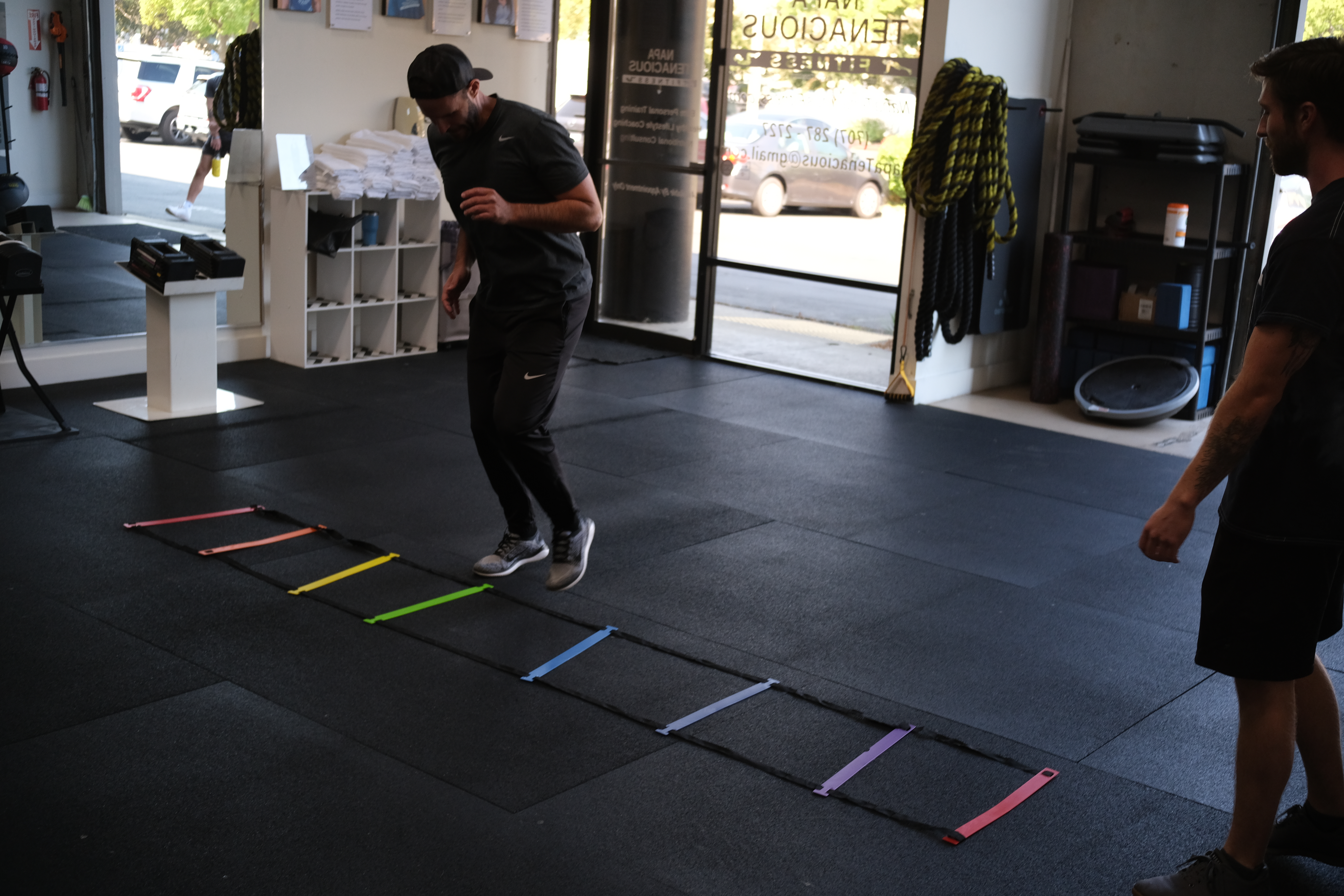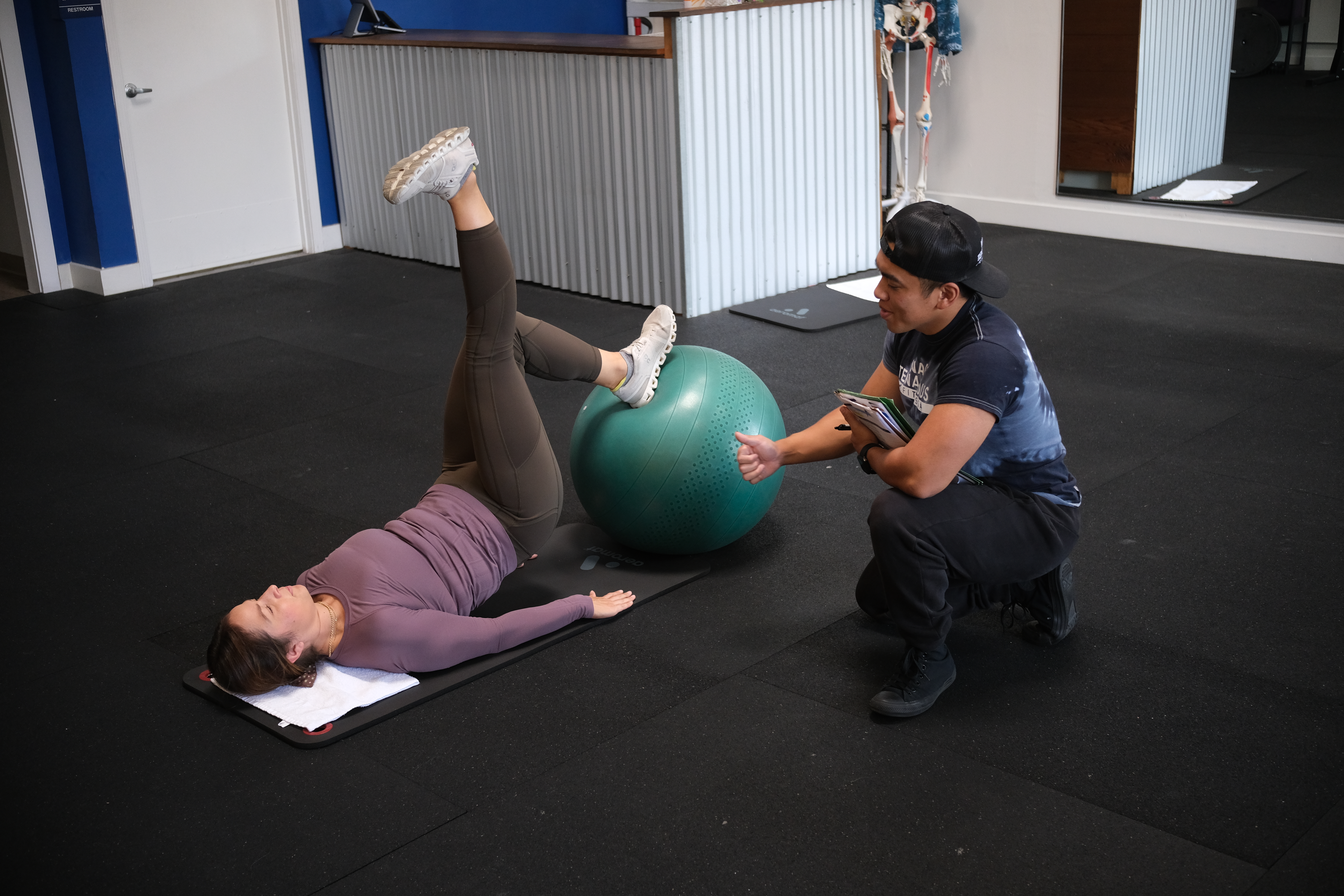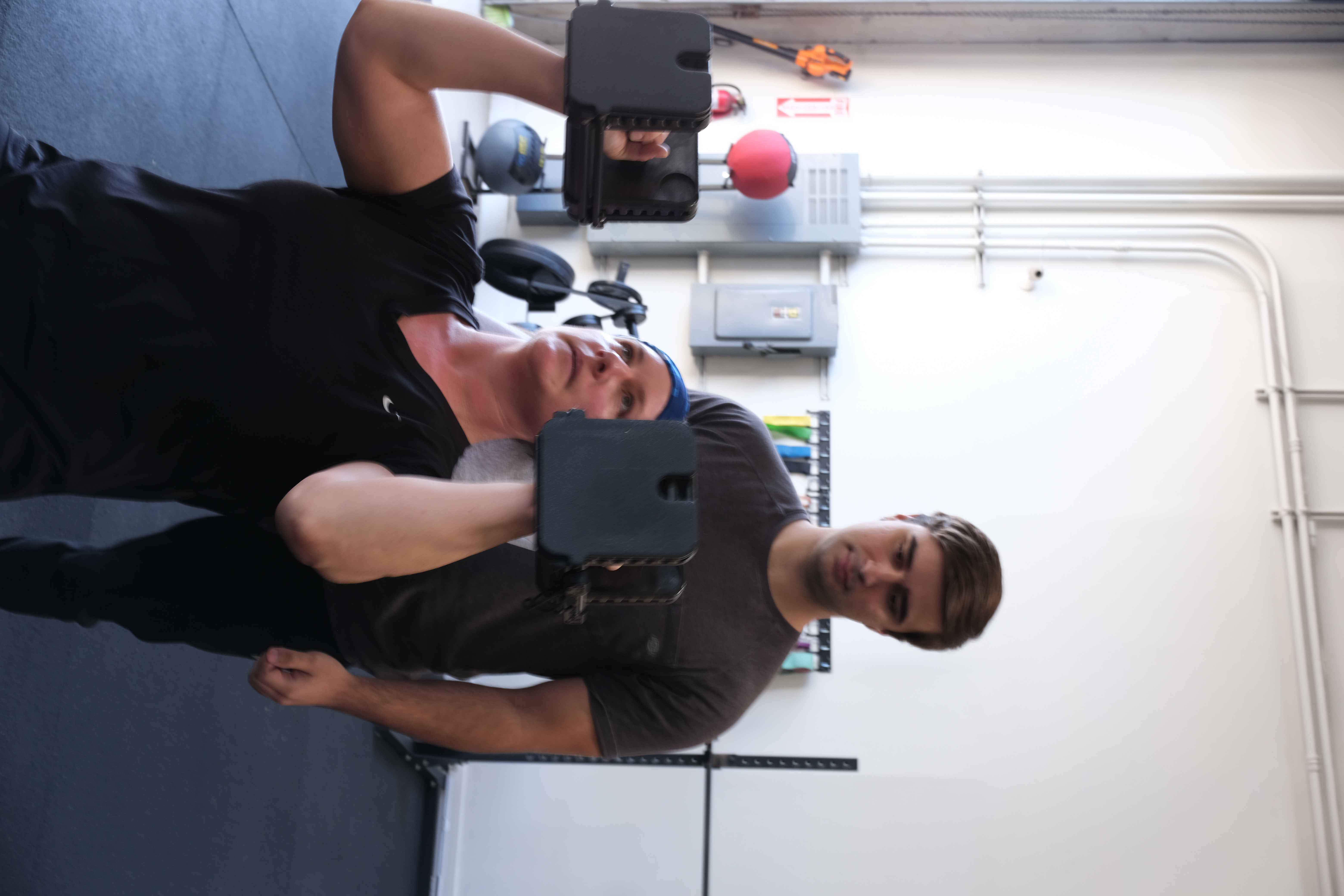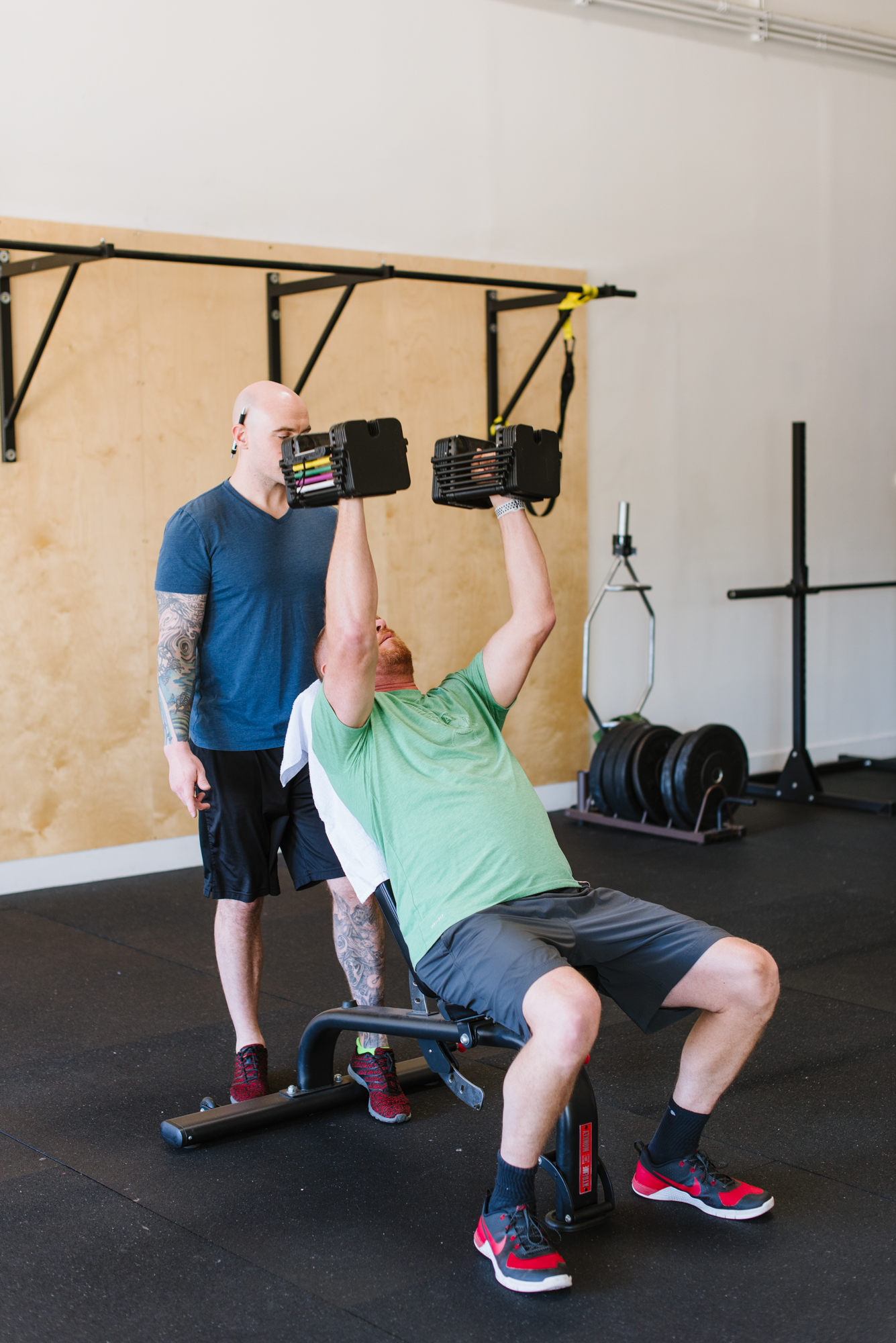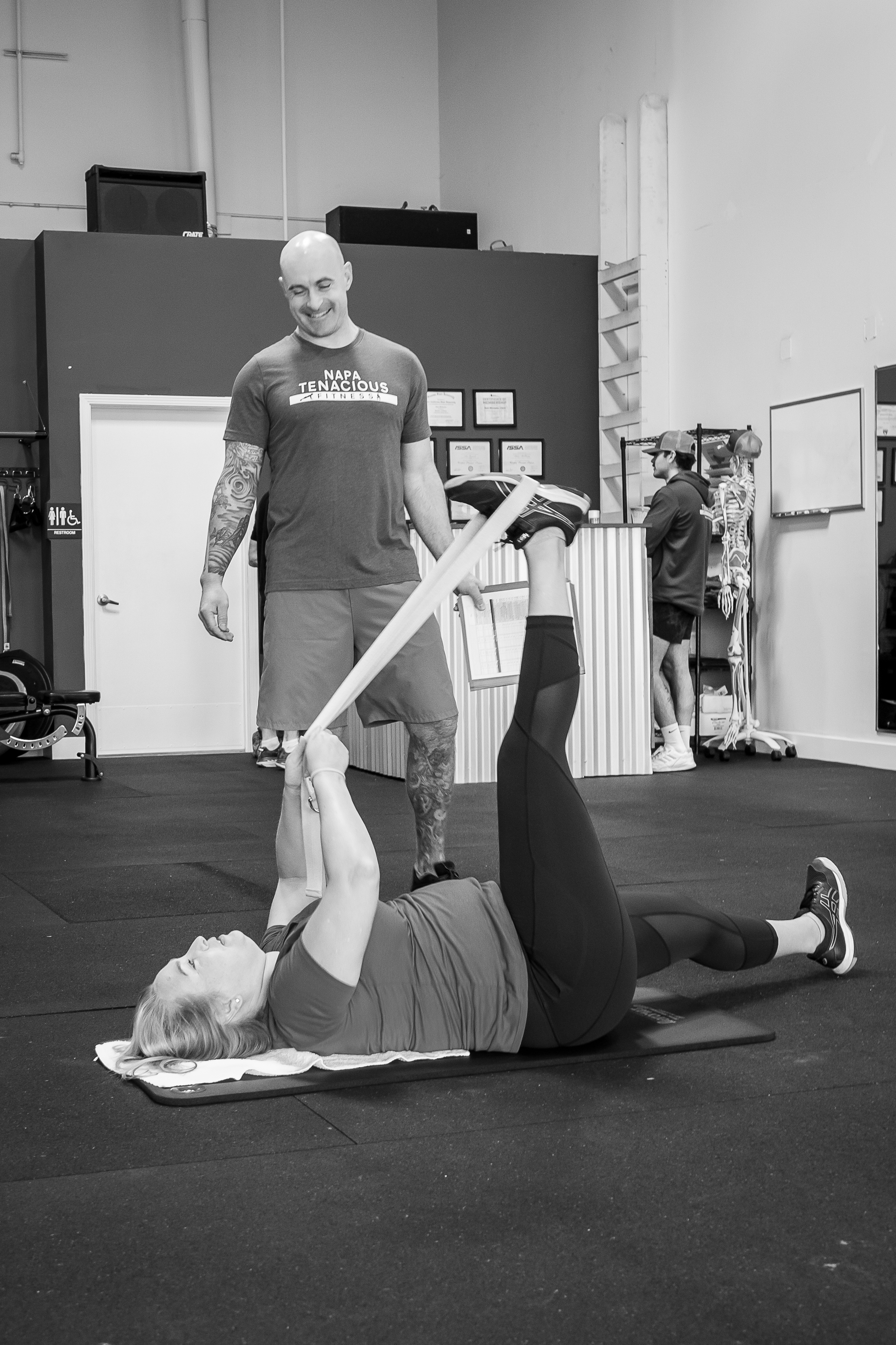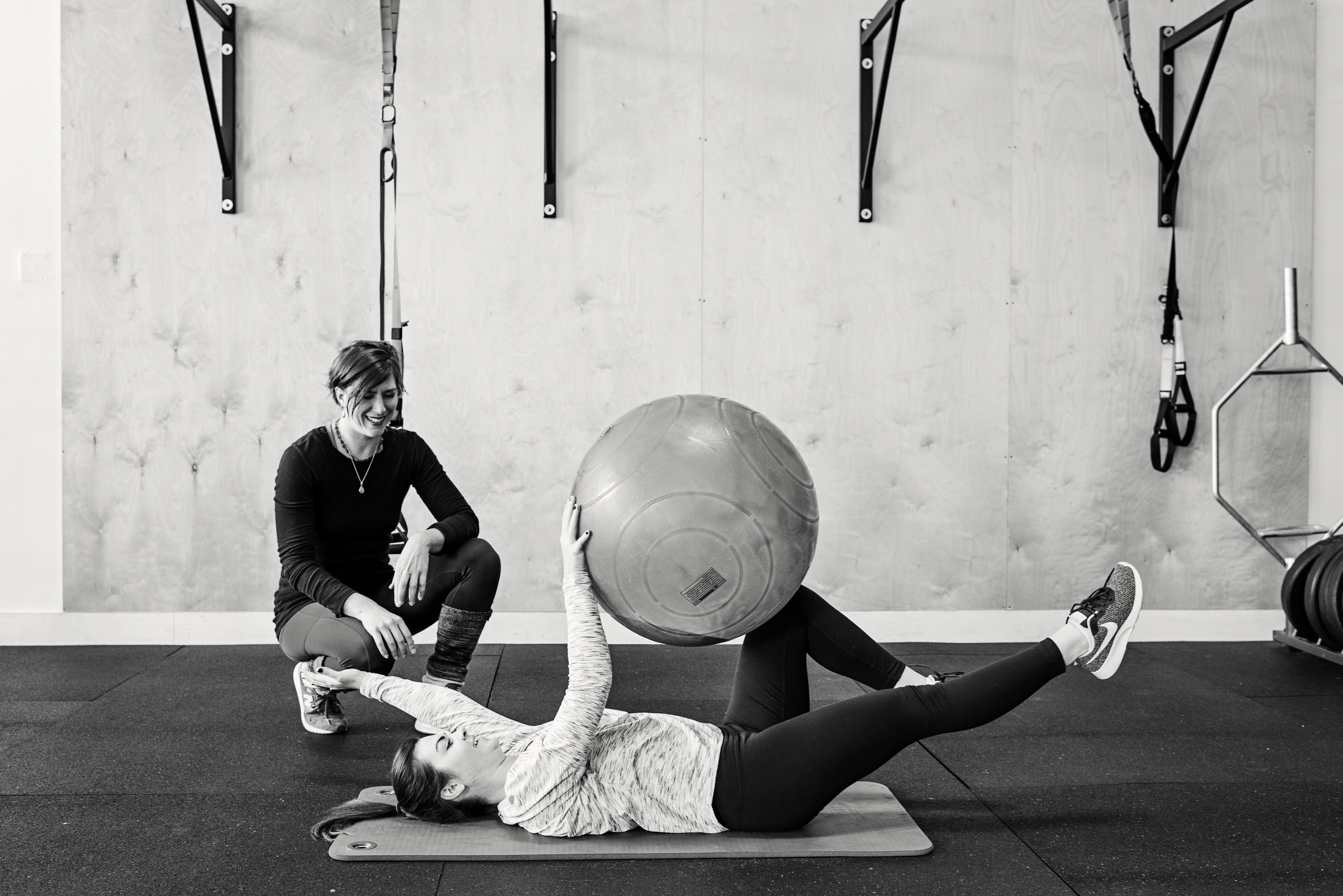“I’ve been busy” Is a common term in response to the question “How’s life been?” Our everyday lives include a plethora of activities that keep us occupied. Whether it be the busy life of a parent, forty-plus hours a week of dedication to our jobs, or a sleep-deprived student staring at a pile of assignments due in three days, humans find ways to have something to do. “It’s better to have too much to do than nothing to do at all” is a common response when expressing our to-do list to others demonstrating how engaged we are with deadlines and obligations. Humans are achievement-oriented creatures that strive for something to do. Why else would our brains evolve to such an advanced degree to be the most advanced organisms on the planet? We all work to prolong our existence. However, there comes a time when having too much on our plate can cause deleterious effects on our health and well-being.
Understanding and managing the stress we endure is key optimizing to our overall quality of life. Getting enough sleep and getting to work on time, making sure the kids get their homework done after gymnastics class, or ensuring to pay the bills before late charges ensue can put a person under immense pressure. If the supporting variables of maintaining a busy lifestyle aren’t regularly tended to, suboptimal repercussions can occur and hinder a person’s ability to live a healthy and productive life. Understanding and appreciating the effects of overworking oneself and focusing on factors that reinforce our ability to sustain the constant demand to remain productive is commonly overlooked.
The result of putting oneself in a pressure cooker of deadlines, hustling without rest, and taking on cumbersome tasks equates to symptoms of mental, emotional, and psychological stress in the form of anxiety, irritability, or depression. Furthermore, the physical and physiological effects of becoming overstressed include increased stress hormone response such as cortisol and adrenaline throughout the day, increased heart rate, headaches, storage of additional fat mass, and decreased lean muscle mass. If action isn’t taken to correct such symptoms, the result is suboptimal for thriving in the beautiful world we’re fortunate to live in.
Thankfully, these symptoms are curable. We can prevent the likelihood of symptoms of overstress from the demanding confines of our obligations by focusing on exercise and physical activity to reduce stress. One of the human body’s most remarkable capabilities is its ability to adapt to stresses and demands imposed upon it. Akin to how Wolverine from the acclaimed X-men comics, cartoons, and blockbuster movies played by Hugh Jackman, heals after an epic, action-packed battle against an evil villain, our bodies adapt to stressful responses in a similar fashion. Of course, our bones won’t heal at the rate of Wolverine after Magneto smashes him through a wall. However, following the stresses imposed on our body after a strategically designed exercise session, our body progresses through a remarkable transformation at both the psychological and physiological levels.
Exercise sessions such as resistance training, Yoga, or uphill hiking induce increased heart rate responses. Additionally, after the first few minutes of exercise, our bodies produce stress hormones to increase our heart rate, increase the rate of blood flow to our working muscles, and ultimately put us in a “fight or flight” period. Similar to how muscles break down at the microscopic level during exercise and the body repairs exercise-induced intramuscular damage a day or two after an exercise session, the body learns to manage exercise-induced stress hormone responses as well. After a few weeks of running fifteen to thirty minutes and tracking your heart rate response on your Apple Watch, you might notice that your working heart rate decreases after a few weeks. This is because your muscles are learning to gather more energy from oxygen, meaning the heart doesn’t need to work as hard. If there isn’t any demand for the heart rate to increase, then there is less need for exercise-induced stress hormones to be produced.
This adaptation to producing less excitatory hormones throughout exercise carries over to the function of our everyday lives. The ability to be less fatigued after a long day of work when the body is conditioned allows us to be more productive in getting the kids to soccer practice, making it home from work at a reasonable hour to make dinner, and spending quality time with our loved ones. The increased heart rate produced by external stress caused by financial concerns, interpersonal relationships, or a concerning current event from the news won’t spark as much of an increase in heart rate response or the influx of stress hormones because your body is attuned to this type of stress you’ve put it through during exercise sessions. In other words, regular exercise conditions the body to be resilient when the stresses of life present themselves.
Reserve time out to appreciate the gift of setting aside your obligations and participating in physical activity. Your family, friends, colleagues, and the person you look at in the mirror every day will be happy you did.
Sean McCawley, the founder and owner of Napa Tenacious Fitness in Napa, CA, welcomes questions and comments. Reach him at 707-287-2727, napatenacious@gmail.com, or visit the website napatenaciousfitness.com.

